Curve Card introduces 0% foreign exchange fees – and more change to come
Links on Head for Points may support the site by paying a commission. See here for all partner links.
Curve Card has announced a new benefit for cardholders today – 0% foreign exchange fees.
There is another major announcement to come in around 8 weeks, but you will have to wait for that one ….
(EDIT: Curve has changed since this article was published. Please do not rely on the information here. Instead, please click here to read our detailed 2020 Curve review, which includes a link for a free £10 credit when you sign up.)
Curve has always been a good deal for making payments abroad. Historically it levied a 1% fee on foreign transactions, which it recharged to any linked Visa or Mastercard. If you didn’t have a separate 0% FX fees credit card then using Curve was better than paying 3% to your standard credit card provider. Even if you did have a 0% FX fees credit card, it was often more valuable to pay Curve’s 1% fee and pick up miles or points from your linked credit card.
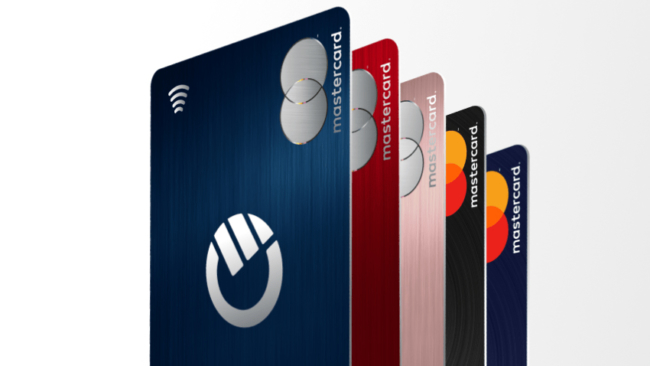
From today, Curve will drop its foreign exchange fee to 0%, albeit with a small weekend surcharge. It is important to note that it is using the interbank rate and NOT the official Visa / Mastercard rates – which are a tiny bit away from the spot rate – so there is absolutely no FX loss at all.
This means:
If you currently have a 0% FX fees credit card which comes with no rewards, you should definitely consider switching to Curve
If you currently have a 0% FX fees credit card with 0.5% cashback (Aqua or Tandem), you should consider switching to Curve if you have a Visa or Mastercard credit card with more valuable rewards
If you currently have the 0% FX fees Lloyds Avios Rewards Mastercard, you should consider switching to Curve when your Lloyds Avios Rewards card is closed (the replacement you will get charges a 3% FX fee)
The only snag is that Curve is imposing limits if you have the free card:
If you have the free Curve Blue card:
You can spend £500 per month in foreign currency at 0% FX, after which a 2% fee applies
You can withdraw £200 per month from an ATM in foreign currency at 0% FX, after which a charge of 2% or £2, whichever is higher, applies
Like Revolut, there is a weekend surcharge of 0.5% for £, $ and € (1.5% for other currencies) to reflect the currency risk taken by guaranteeing the closing Friday rate
If you have the £50 one-off fee Curve Black card:
You can spend an unlimited amount (subject to a potential fair use charge of 2% beyond £15,000 per year) in foreign currency at 0% FX
You can withdraw £400 per month from an ATM in foreign currency at 0% FX, after which a charge of 2% or £2, whichever is higher, applies
Like Revolut, there is a weekend surcharge of 0.5% for £, $ and € (1.5% for other currencies) to reflect the currency risk taken by guaranteeing the closing Friday rate
If you are abroad a lot, the £50 Curve Black card now looks attractive.
Let’s imagine that you have £10,000 of annual foreign spending. You would be paying £300 in fees on a standard credit card. You could use a 0% card with 0.5% cashback like Tandem and receive £50 back. Alternatively, you could a premium Mastercard or Visa – at the top end, the Virgin Atlantic Reward+ card – and pay 0% in FX fees and earn 15,000 Virgin Atlantic miles.
This new Curve benefit is also a good way of helping to trigger a long term spending bonus, such as the free night on the IHG Rewards Club Premium Mastercard (requires £10,000 of spending) or the 2-4-1 vouchers on the new Virgin Atlantic credit cards (require £10,000 – £20,000 of spending).
If you were thinking of upgrading to Curve Black, I recommend doing it sooner rather than later. This card will see a substantial change to its benefits package and fee in a few weeks, but by upgrading now you will be locking in the £50 fee for 6 months.
What is Curve?
If you’re not familiar with Curve, this is how it works. Curve is a Mastercard DEBIT card that recharges every purchase you make to a linked Visa or Mastercard credit or debit card.
This is why Curve Card is worth having:
You make your debit card purchase – including tax payments – using Curve Card
Curve recharges it to your linked Visa or Mastercard credit card
It goes through your linked Visa or Mastercard credit card as a purchase
It therefore earns points from your linked Visa or Mastercard
You have just earned credit card points from making a debit card transaction
And the best bit is that Curve Card is free. In fact, it is better than free – Curve Card will pay you £5 for taking it out.
It actually gets even better, due to two additional Curve Card benefits:
You can withdraw £200 of cash per month from an ATM and have it charged to your credit card as a purchase – this means it earns miles and points. This benefit may go away soon as credit card companies can now see what you are doing following a change in how these transactions are processed, but for now it is business as usual.
Foreign currency transactions made on Curve are recharged to your linked Visa or Mastercard in Sterling with a 0% foreign exchange adjustment as we discussed above. This makes it a better deal than using the underlying card which is likely to have a 3% FX fee. There ARE FX fees for transactions at weekends and if you go over £500 per month.
One thing you CANNOT do with Curve is pay a financial services institution. As with Billhop, HMRC is NOT treated as a financial services institution so you are fine.
Curve Card has an annual payment limit of £50,000. This is fine for most people. You won’t get this ‘out of the box’ however – you need to use the card for a few months until your limits build up as the company begins to trust you.
The Curve Card is FREE so there is no harm in trying it. Curve will pay you £10 for trying it out if you use our link.
The Curve website is here if you want to know more. You need to download the Curve app for your phone and order a card from there if you want to try it out.
Conclusion
Depending on whether £500 per month covers your foreign currency spending or not, this new development is either a major benefit or just a small tweak to the Curve package.
If you are a heavy foreign spender who would benefit from the £15,000 per year of 0% FX spending – and you have a suitably rich Mastercard or Visa rewards card to recharge your spending to – then you may want to upgrade to Curve Black for £50.
As I said earlier, there are other fundamental improvements to Curve coming in a few weeks which will be of strong interest to Head for Points readers, so it is definitely a product to keep on your radar if you do not have one already.
Want to earn more points from credit cards? – April 2024 update
If you are looking to apply for a new credit card, here are our top recommendations based on the current sign-up bonuses.
In February 2022, Barclaycard launched two exciting new Barclaycard Avios Mastercard cards with a bonus of up to 25,000 Avios. You can apply here.
You qualify for the bonus on these cards even if you have a British Airways American Express card:
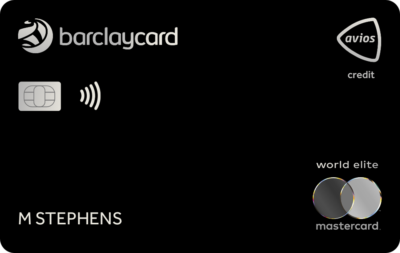
Barclaycard Avios Plus Mastercard
Get 25,000 Avios for signing up and an upgrade voucher at £10,000 Read our full review
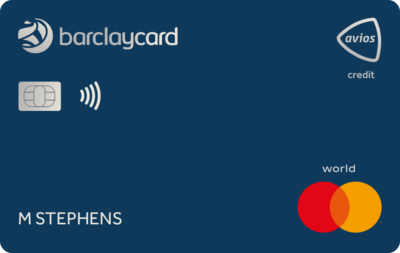
Barclaycard Avios Mastercard
5,000 Avios for signing up and an upgrade voucher at £20,000 Read our full review
You can see our full directory of all UK cards which earn airline or hotel points here. Here are the best of the other deals currently available.
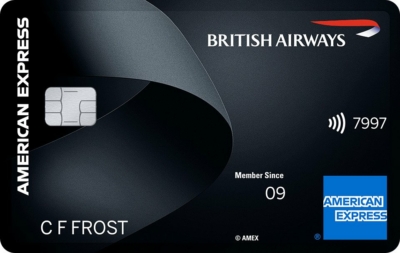
British Airways American Express Premium Plus
25,000 Avios and the famous annual 2-4-1 voucher Read our full review
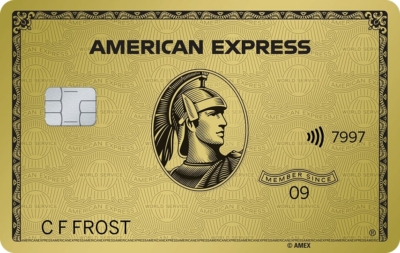
American Express Preferred Rewards Gold
Your best beginner’s card – 20,000 points, FREE for a year & four airport lounge passes Read our full review
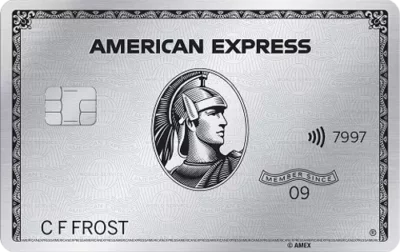
The Platinum Card from American Express
40,000 bonus points and a huge range of valuable benefits – for a fee Read our full review
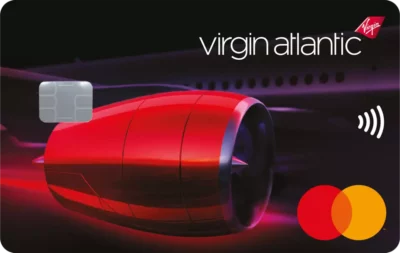
Virgin Atlantic Reward+ Mastercard
18,000 bonus points and 1.5 points for every £1 you spend Read our full review
Earning miles and points from small business cards
If you are a sole trader or run a small company, you may also want to check out these offers:
SPECIAL OFFER: Until 12th May 2024, the Capital on Tap Business Rewards Visa card is offering a bonus of 30,000 points, convertible into 30,000 Avios. You must have a Limited Company to apply. Click here to learn more and click here to apply.
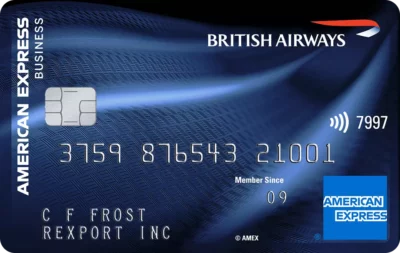
British Airways Accelerating Business American Express
30,000 Avios sign-up bonus – plus annual bonuses of up to 30,000 Avios Read our full review
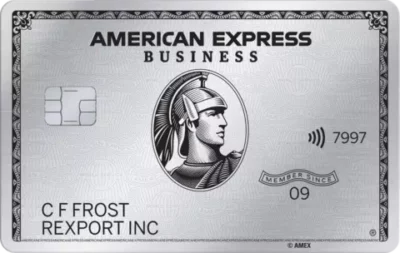
American Express Business Platinum
40,000 points sign-up bonus and an annual £200 Amex Travel credit Read our full review
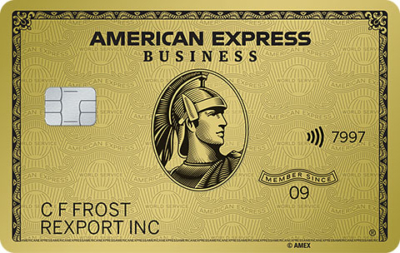
American Express Business Gold
20,000 points sign-up bonus and FREE for a year Read our full review
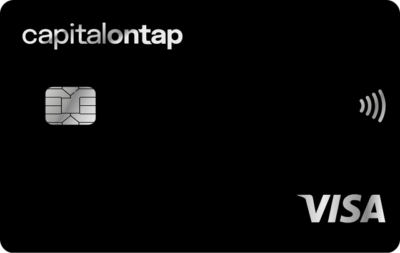
Capital on Tap Business Rewards Visa
Huge 30,000 points bonus until 12th May 2024 Read our full review
For a non-American Express option, we also recommend the Barclaycard Select Cashback card for sole traders and small businesses. It is FREE and you receive 1% cashback on your spending.
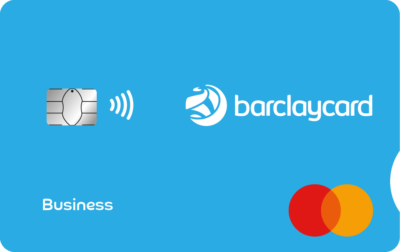
Barclaycard Select Cashback Business Credit Card
1% cashback uncapped* on all your business spending (T&C apply) Read our full review






 Rob
Rob 


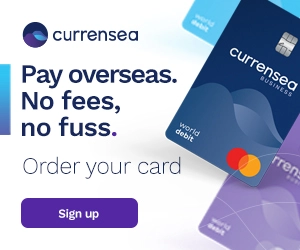

Comments (362)